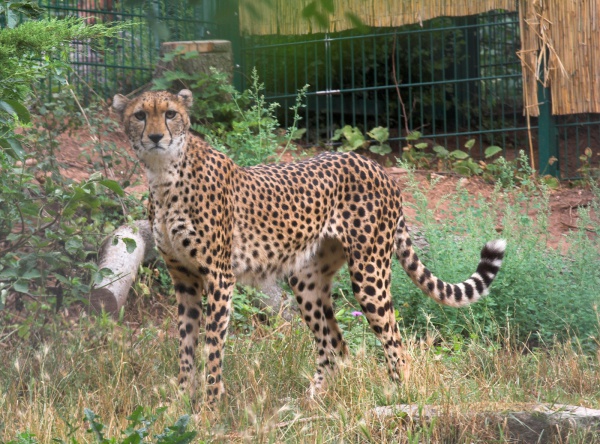Facts About Northeast African cheetah
The Northeast African cheetah, also known as the Sudan cheetah, is a captivating subspecies that roams the landscapes of Northeast Africa, particularly in countries such as South Sudan and Ethiopia. Unfortunately, detailed information about their status in Eritrea, Djibouti, Somalia, and Sudan is lacking. First described by Leopold Fitzinger in 1855, it is estimated that around 950 individuals remain, mostly residing within protected areas in the region.
Interestingly, this cheetah is more closely related to the Southern African cheetah than to the Saharan cheetah. Evolutionary studies suggest that the Northeast African cheetah diverged from its Southern African relatives between 32,200 and 244,000 years ago.
In terms of appearance, the Northeast African cheetah closely resembles the East African cheetah, boasting a densely ochraceous, spotted coat with distinctive white patches. However, it has unique features, such as the absence of spots on the hind feet and a notably thick tail.
These cheetahs thrive in open spaces, grasslands, and semi-arid areas where prey is abundant. They primarily hunt herbivores but face threats from larger predators like lions and hyenas. Human activities, including poaching, habitat loss, and illegal wildlife trade, also pose significant risks to their survival.
Conservation efforts for the Northeast African cheetah are underway, including breeding programs in Europe and the Middle East, semi-captive breeding projects in Djibouti, and rewilding initiatives in the Arabian Peninsula. The Ethiopian Wildlife Conservation project is also striving to boost the populations of cheetahs and other endangered animals in Ethiopia. Given that cheetahs are notoriously difficult to breed both in the wild and in captivity, these conservation efforts are crucial for their continued existence.

 South Sudan
South Sudan